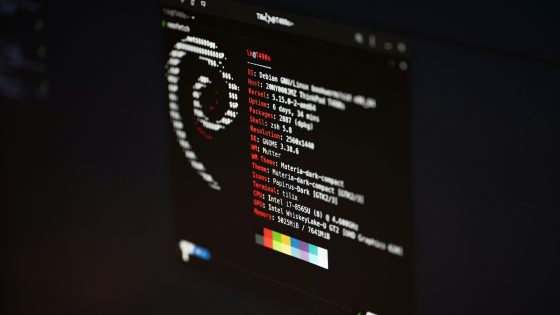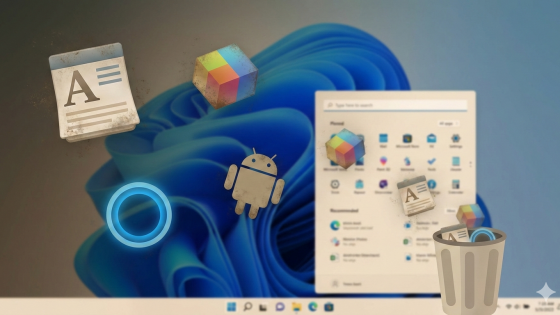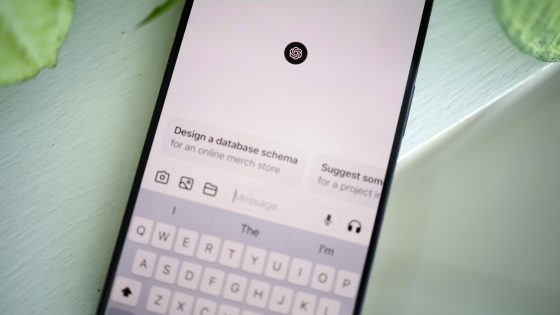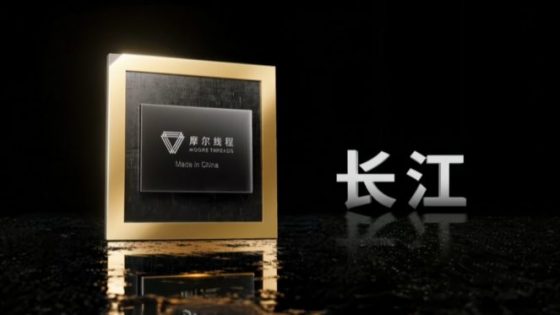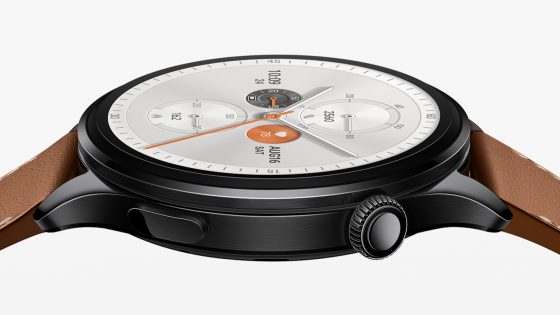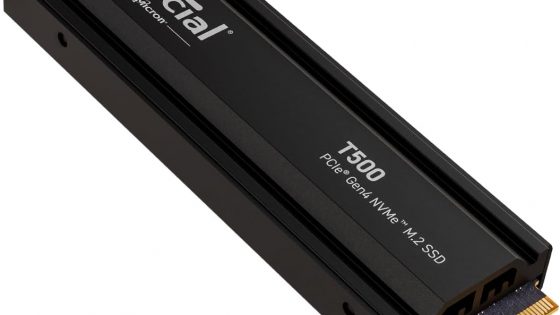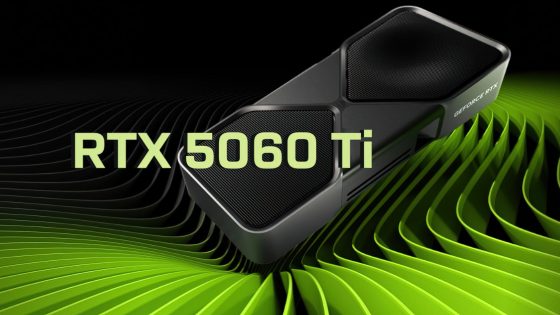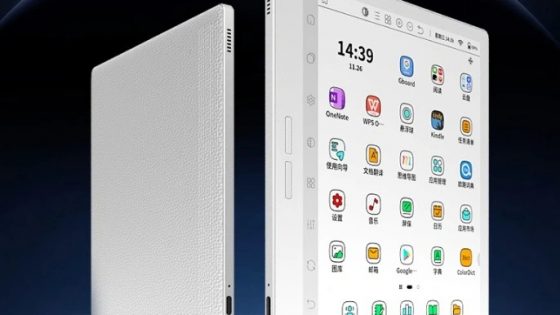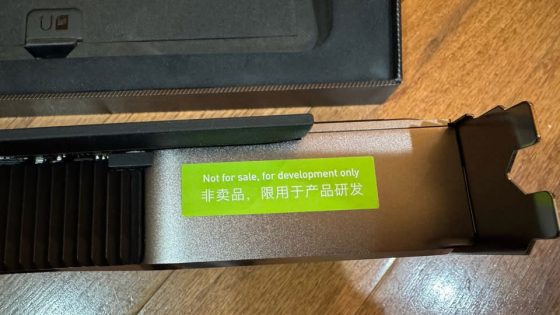The legendary "blue screen of death" turns black
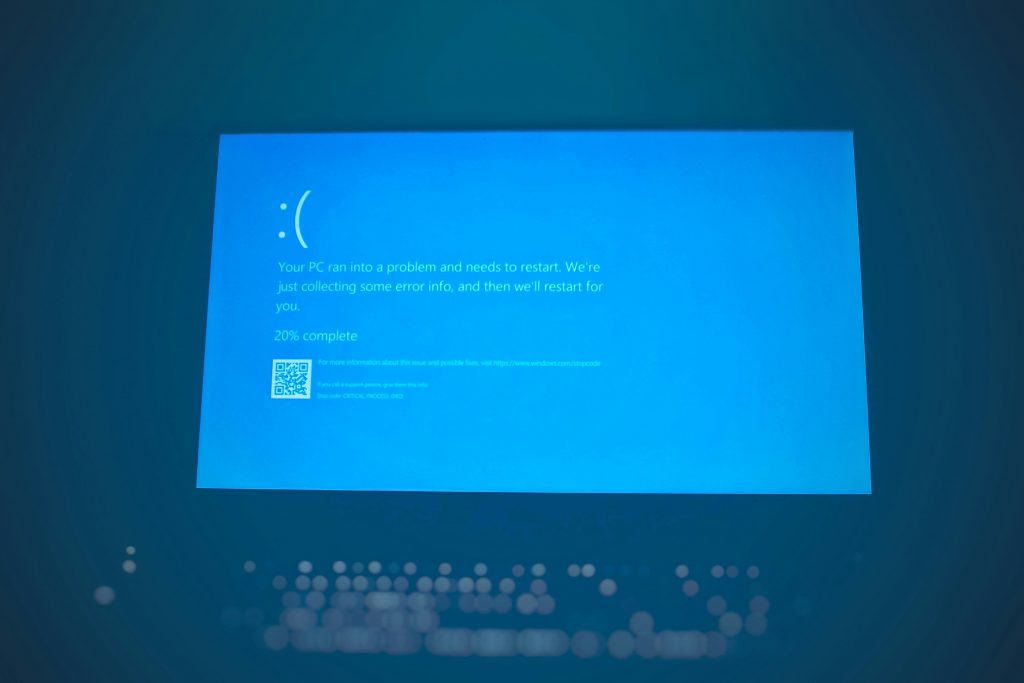
Blue Screen of Death (BSOD; Blue Screen of Death) has been part of the Windows operating system for almost 40 years, and now it too is approaching retirement. Microsoft revealed its retirement plans earlier this year, and now they have finally confirmed them. In Windows 11, it will be replaced by the Black Screen of Death (Black Screen of Death).
Instead of the blue background, the familiar not-so-smiling face, and the QR code, we will now see a simplified black screen. This is more similar to the one that appears during system updates, but it will contain significantly more important information, such as the error code (stop code) and the name of the problematic driver that caused the system to fail.
This means that IT professionals will no longer have to always pull crash files from the system and manually analyze them with tools like WinDbg to discover the cause of the problem.
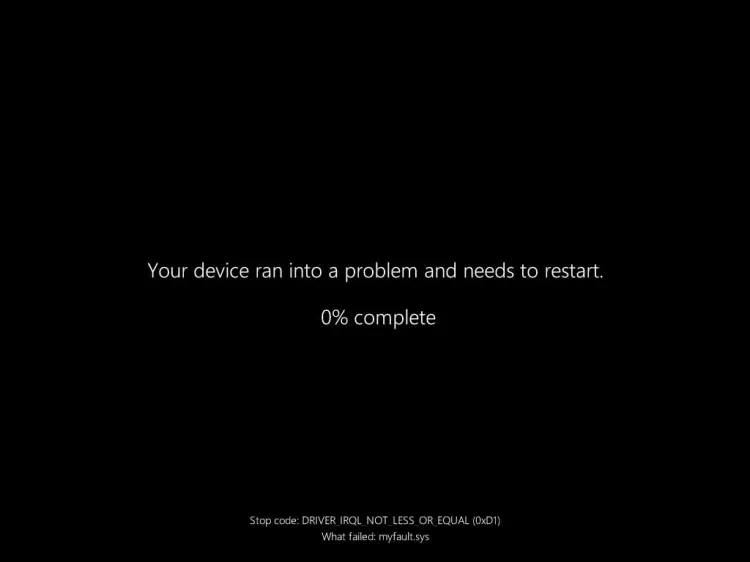
“This is an attempt to provide greater clarity and a more informative display so that users and Microsoft can more quickly identify the root cause of the problem and fix it,” said David Weston, vice president of operating system security at Microsoft. “Part of the change is to clearly distinguish whether it’s a problem with Windows itself or with a specific component.”
The revamped BSOD, along with a new “Quick Machine Recovery” feature, will be available later in the summer of 2025 as part of a major upgrade to Windows 11. This new feature will allow for quick recovery of systems that no longer boot properly.
All of these changes are part of Microsoft's broader effort to improve Windows reliability, especially after last year's CrowdStrike incident, which caused millions of devices around the world to crash, with the classic BSOD on startup.




